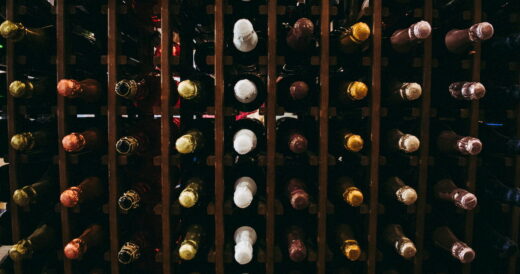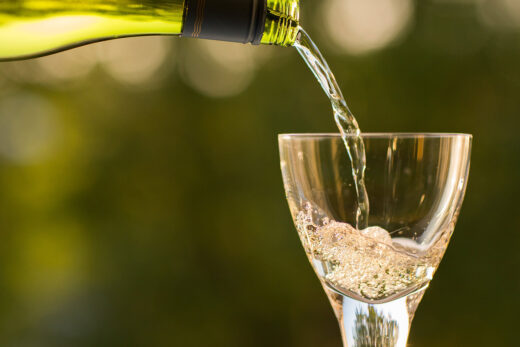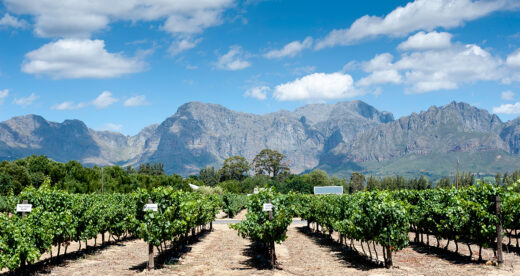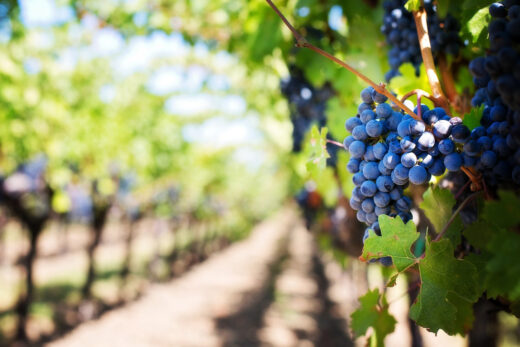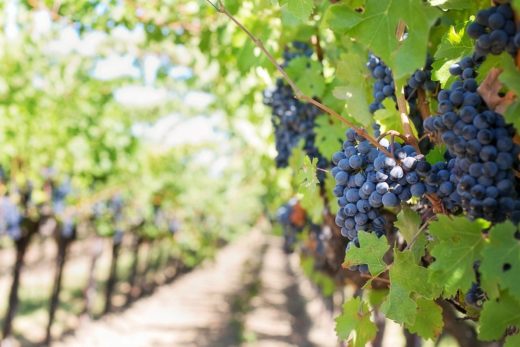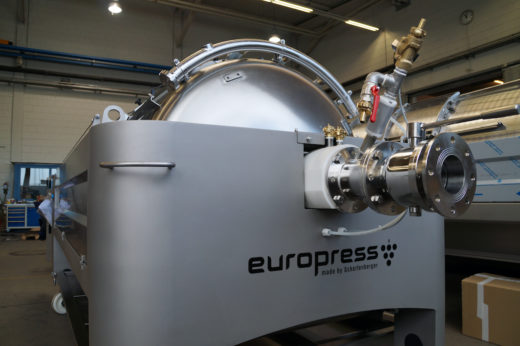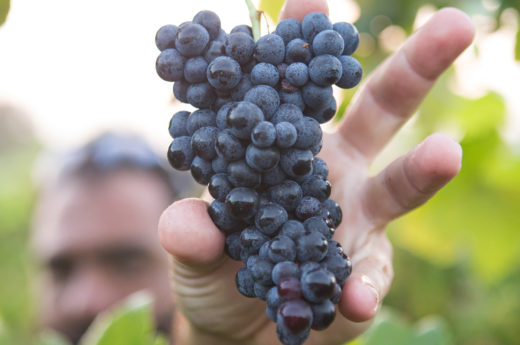The German wine industry during the pandemic
Wine sales via catering services have taken a nosedive due to the coronavirus pandemic, especially during lockdown – a great shock for the German wine market. The German wine industry, however, is using this opportunity, to reinvent itself and is breaking new ground in online retail.

